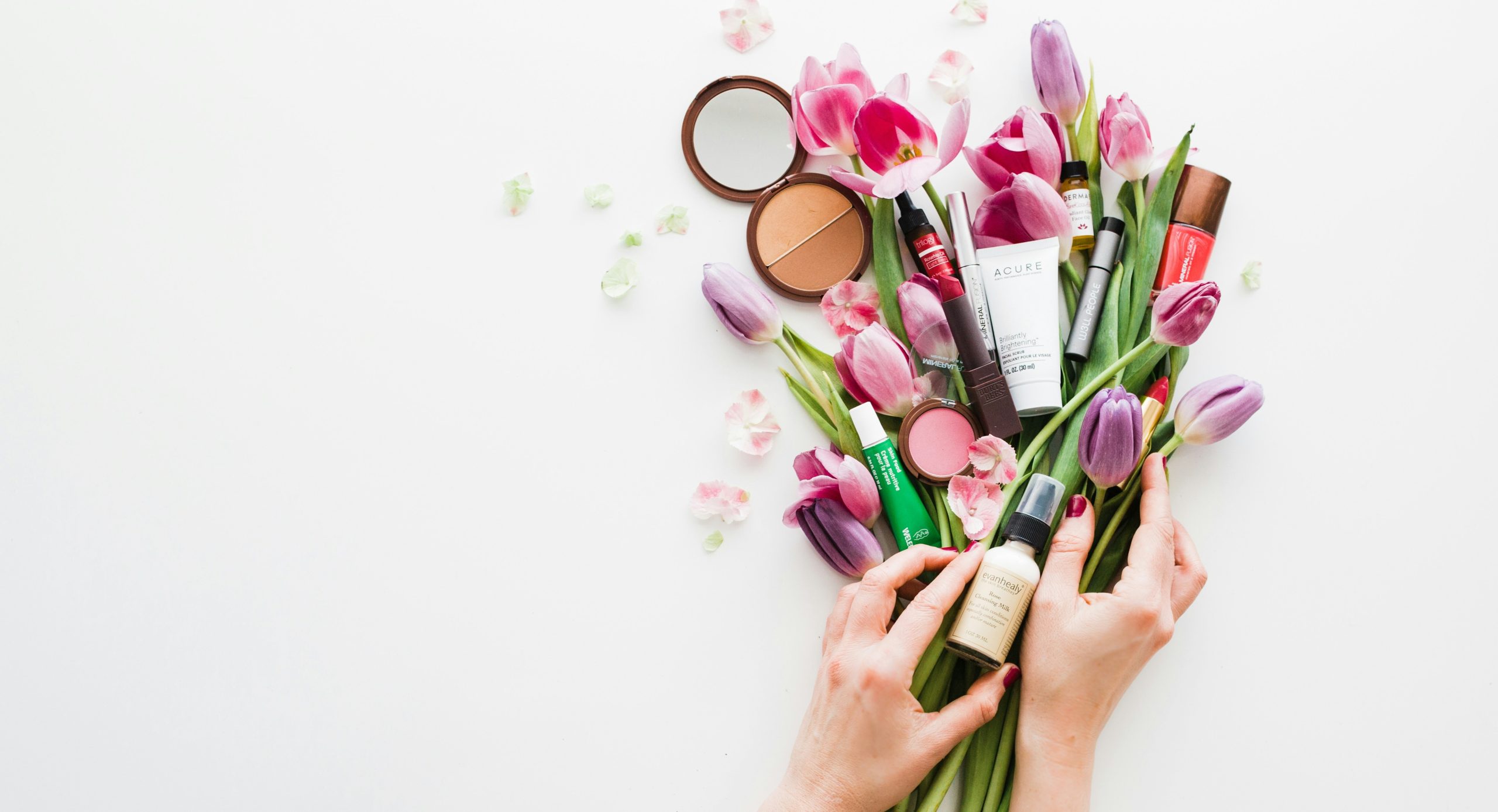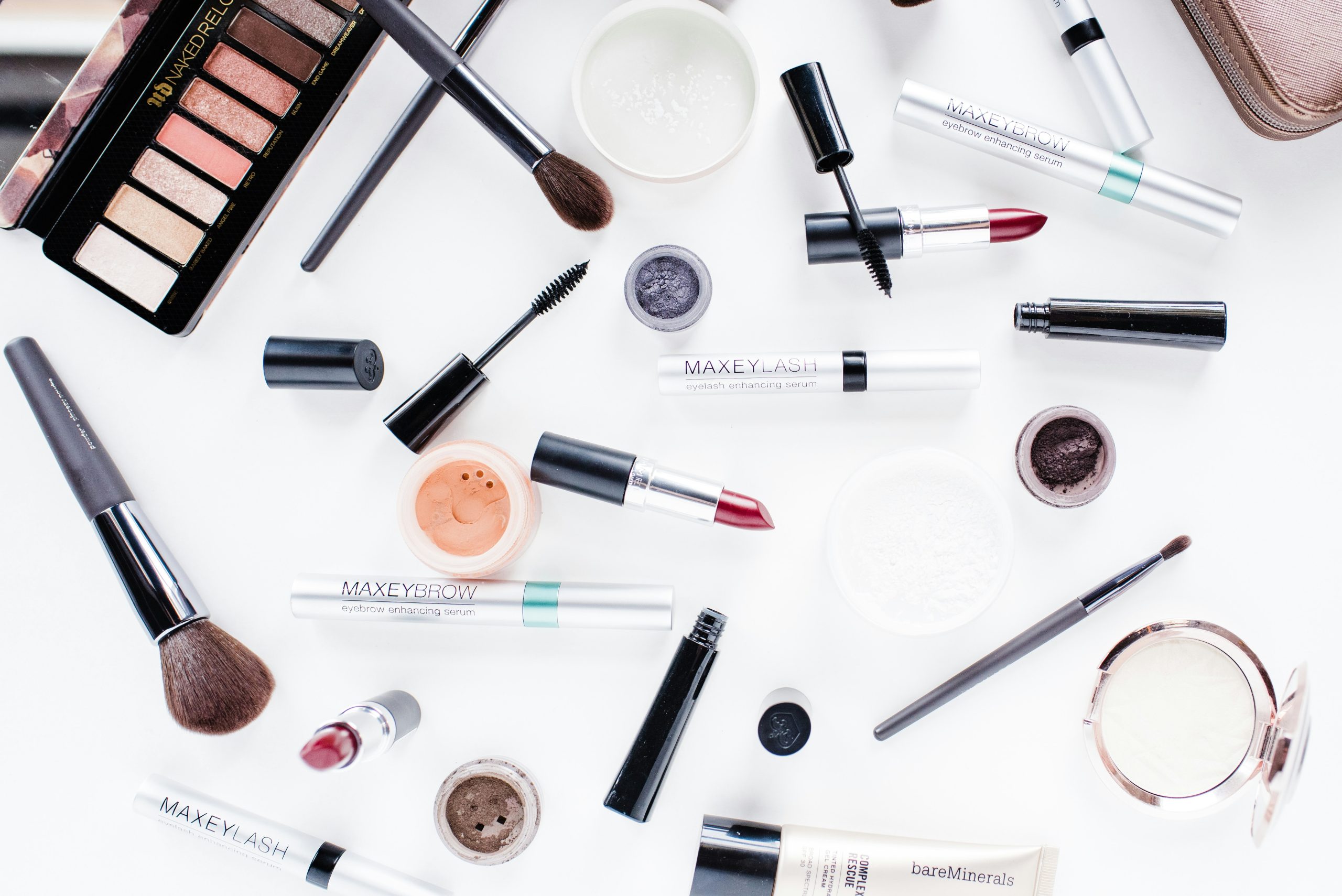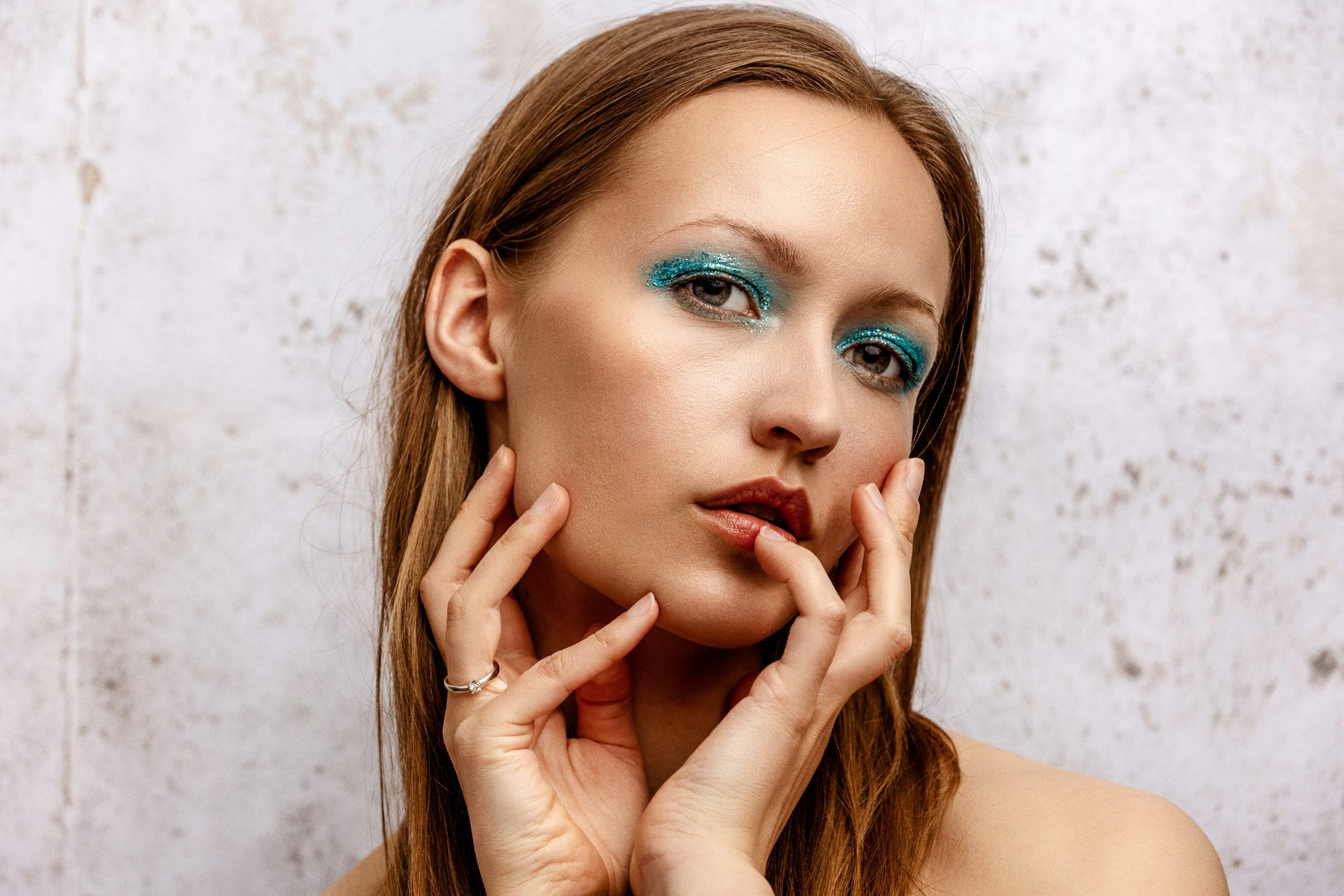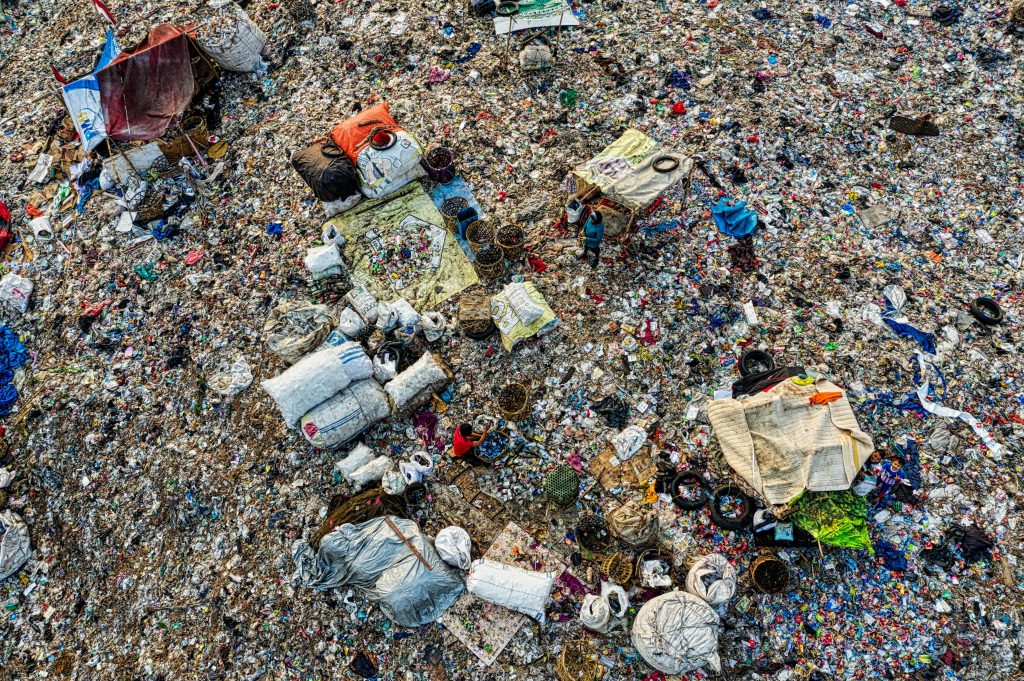Ever stared at your makeup bag and wondered, “Am I secretly contributing to landfill mountains?” Yeah, us too. With the beauty industry producing over 120 billion units of packaging annually—most of it non-recyclable—it’s high time we rethink our choices. If you’re searching for an eco-friendly beauty comparison, you’ve landed in the right place.
In this guide, we’ll break down how you can embrace natural makeup without sacrificing glam. You’ll learn what makes a product truly eco-friendly, step-by-step techniques for flawless natural looks, and actionable tips to greenify your routine. Ready to save the planet while slaying your glow-up? Let’s dive in!
Table of Contents
Key Takeaways
- Not all “natural” makeup products are created equal—learn how to spot greenwashing.
- Eco-conscious tools like bamboo brushes and refillable compacts simplify sustainability.
- Invest in multi-purpose products to reduce waste and boost efficiency.
Why Eco-Friendly Beauty Matters
“Optimist You:” “What’s the big deal about some extra packaging?”
Grumpy You: “Ugh, fine—but only if you enjoy microplastics floating around the ocean.”
The truth is, many beauty brands market themselves as “green” when they’re really not. This deceptive practice is called greenwashing. For example, I once spent $50 on a “biodegradable” mascara tube only to discover later it was wrapped in layers of plastic film inside—yikes.
Switching to eco-friendly options isn’t just good for the Earth; it’s also better for your skin. Ingredients like synthetic dyes and parabens have been linked to irritation and long-term health risks. By choosing clean, sustainable alternatives, you’re investing in yourself and future generations.

How to Transition to Natural Makeup
Swapping out conventional makeup for eco-friendly alternatives might feel overwhelming at first, but don’t panic. Follow these steps, and you’ll be glowing green in no time:
Step 1: Audit Your Current Stash
Check labels carefully. Are there harmful chemicals or excessive packaging? Toss expired items responsibly by recycling through programs like TerraCycle.
Step 2: Research Clean Brands
Look for certifications like USDA Organic, Leaping Bunny, or COSMOS-standard. Some fan favorites include RMS Beauty, Ilia, and Kjaer Weis.
Step 3: Invest in Multi-Purpose Products
A single product that works as blush, lipstick, and eyeshadow reduces clutter and minimizes waste. Sounds efficient, right?
Step 4: Choose Tools Wisely
Say goodbye to disposable cotton pads and hello to reusable bamboo makeup remover cloths. They’re durable, stylish, and planet-friendly.
6 Tips for Choosing Sustainable Products
- Prioritize Recyclability: Opt for glass containers or metal tubes over plastics.
- Look for Refills: Brands offering refill systems help cut down on overall waste.
- Avoid Microplastics: Steer clear of glitter unless labeled biodegradable—those sparkles wreak havoc on marine life.
- DIY When Possible: Try making your own lip balm with beeswax and coconut oil.
- Support Local Artisans: Smaller businesses often use less packaging and more ethical sourcing practices.
- Be Skeptical of Marketing Buzzwords: Just because something says “natural,” doesn’t mean it’s safe or sustainable. Always dig deeper.
*Warning:* Never fall for gimmicky claims like “chemical-free.” Everything is made of chemicals—even water! Instead, focus on ingredient lists and third-party certifications.

Natural Makeup Success Stories
Take Sarah, a busy mom from Portland, who slashed her makeup waste by 75% simply by switching to refillable palettes and solid foundation sticks. “I never thought I could achieve a polished look without my usual arsenal,” she says. “But now I’m hooked!”
Another standout story comes from influencer Mia Thompson (@GreenGlamGirl), whose zero-waste makeup tutorial went viral. She proves that going green doesn’t mean dialing down the drama—you can still rock bold brows and radiant cheeks sustainably.

Frequently Asked Questions
Q: What does “eco-friendly beauty comparison” even mean?
A: It’s an evaluation of cosmetics based on their environmental impact—from ingredients to packaging and production methods.
Q: Can natural makeup work for sensitive skin?
A: Absolutely! Many natural formulas are free of irritants like synthetic fragrances and preservatives, making them ideal for sensitive skin types.
Q: Isn’t eco-friendly makeup more expensive?
A: Not always. While initial costs may seem higher, investing in quality pieces that last longer actually saves money in the long run.
Conclusion: Glow Green, Live Clean
Gone are the days of sacrificing style for sustainability. With the right knowledge and tools, achieving stunning natural makeup while protecting the planet has never been easier. Remember, every small step counts—whether it’s swapping one product or advocating for greener industry standards.
So grab that bamboo brush, choose wisely, and let your glow reflect both inner and outer beauty. And hey, treat yo’self to a latte while you’re at it—it fuels creativity *and* eco-consciousness. Chef’s kiss.
Like a Tamagotchi, your eco-friendly beauty journey needs daily care.


